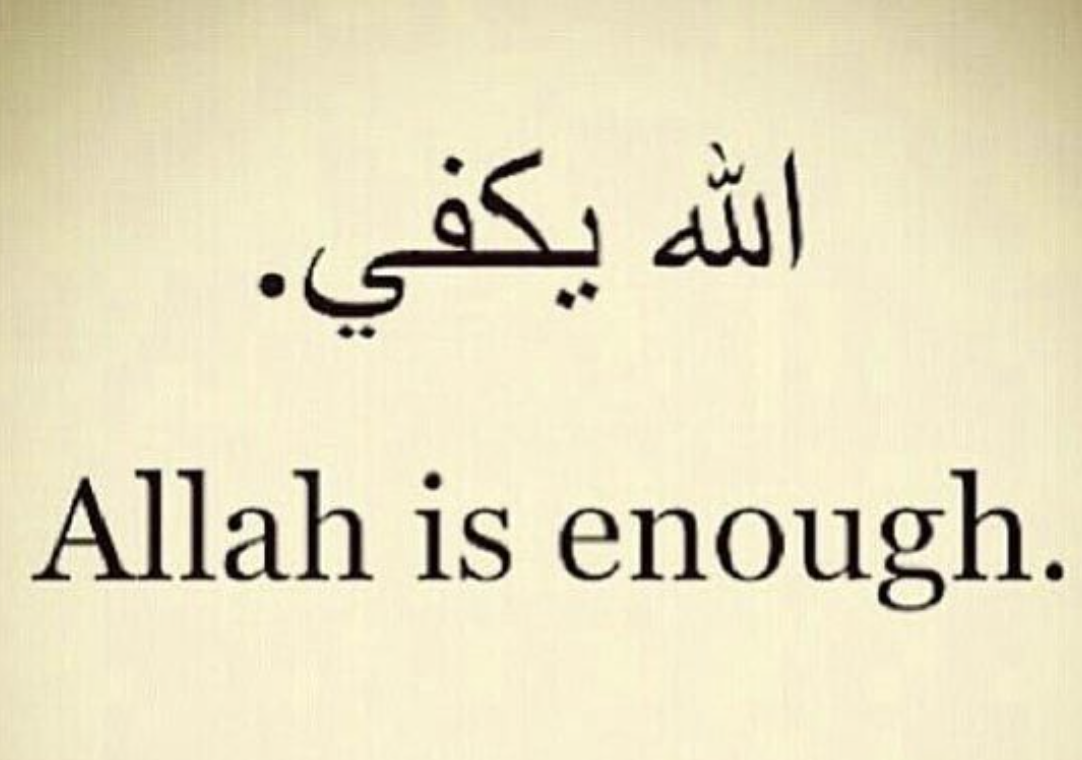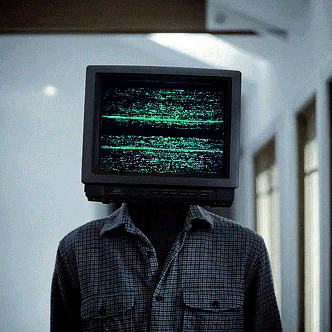Imagine, if you dare, being forcibly parachuted into Taliban-ruled Afghanistan, the world’s current hell-hole du jour.
Suddenly you’re forced to shelter and feed your family and you’re at a loss as to how to do this.
Now consider how the increasingly dramatic consequences of human-accelerated climate change might make your already dire situation worse.
A recent New York Times piece attempted to paint this picture.
It was not pretty. Here’s its opening graphs.
Parts of Afghanistan have warmed twice as much as the global average. Spring rains have declined, most worryingly in some of the country’s most important farmland. Droughts are more frequent in vast swaths of the country, including a punishing dry spell now in the north and west, the second in three years.
Afghanistan embodies a new breed of international crisis, where the hazards of war collide with the hazards of climate change, creating a nightmarish feedback loop that punishes some of the world’s most vulnerable people and destroys their countries’ ability to cope.
And while it would be facile to attribute the conflict in Afghanistan to climate change, the effects of warming act as what military analysts call threat multipliers, amplifying conflicts over water, putting people out of work in a nation whose people largely live off agriculture, while the conflict itself consumes attention and resources.
Just like that, a regional hell hole turns into a global tragedy that should be generating global headlines. Powerful nations half-a-world away scramble to deal with the situation — or should I say scramble to look like they’re dealing with it.
Nor is Afghanistan the only failed state suffering from ongoing political violence complicated by climate change’s frightening uncertainties. “Of the world’s 25 nations most vulnerable to climate change, more than a dozen are affected by conflict or civil unrest, according to an index developed by the University of Notre Dame,” The Times article reported.










